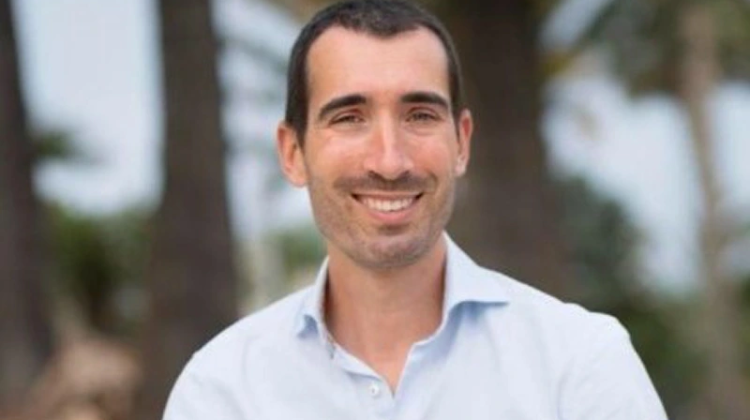In July 2025, the Spanish electricity grid faced an unprecedented challenge: 19.7% of the available renewable energy could not be integrated into the system, resulting in the loss of 1.1 TWh in just one month, according to data from REE. The scale of the phenomenon tripled the levels observed over the previous 12 months, undermining the profitability of numerous projects.
“The only opportunity this scenario opens up is to hybridise renewables with batteries,” states Miguel Marroquín, energy expert and Managing Director of Our New Energy.
Speaking with Strategic Energy Europe, the specialist warns that the limitations have coincided with a year of strong solar PV generation, with particular impact on nodes in Cuenca, Cáceres, Andalusia and Escatrón (Aragon), where lost revenues are estimated to have exceeded 40% of the available energy.
“What REE should be showing us is the percentage of that non-integrable energy relative to what is injected at each node, not relative to the entire peninsula,” he points out.
Capacity growth and the role of storage
The latest report from APPA Renovables confirms the strain on the system. Spain already has 105,196 MW with granted grid access permits, while applications in progress rose to 50,311 MW in July (+16.8% compared with June).
Solar PV leads with 62,895 MW of capacity with permits, followed by wind with 10,593 MW. However, the most significant figure is the progress of storage: 10,693 MW of batteries already have permits granted, and 16,971 MW are awaiting approval, reflecting developers’ growing interest in hybridisation solutions.
Moreover, 174,614 MW of access capacity is reserved specifically for storage at system nodes, confirming that this flexibility vector is consolidating as an essential part of grid planning.
A call to invest in the grid
Marroquín acknowledges that the surge in restrictions sends a clear message to the sector. “It is a wake-up call regarding the uncontrolled expansion of renewable energy we have seen in recent years,” he asserts.
For the expert, the future of renewable integration rests on two fronts: the deployment of batteries at critical nodes and REE’s investment in reinforcing the grid.
“In July, we lost 1.1 TWh of renewable energy that could have been utilised. This is a call for REE to undertake the necessary investments,” he concludes.
Spain finds itself at a tipping point: renewable generation continues to grow at great speed, but the electricity system needs flexibility and greater evacuation capacity to ensure that the energy transition translates into more clean power effectively consumed.






























